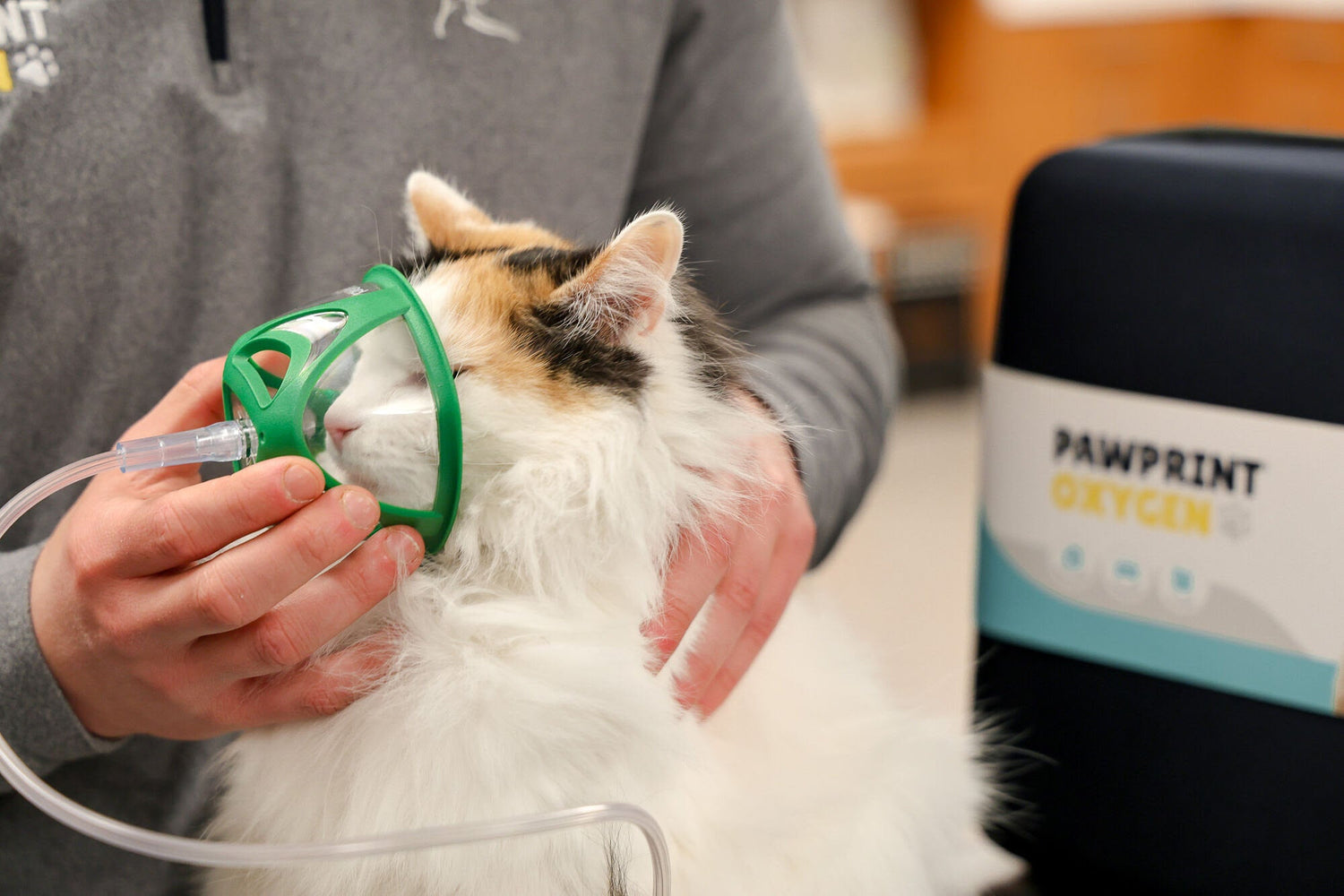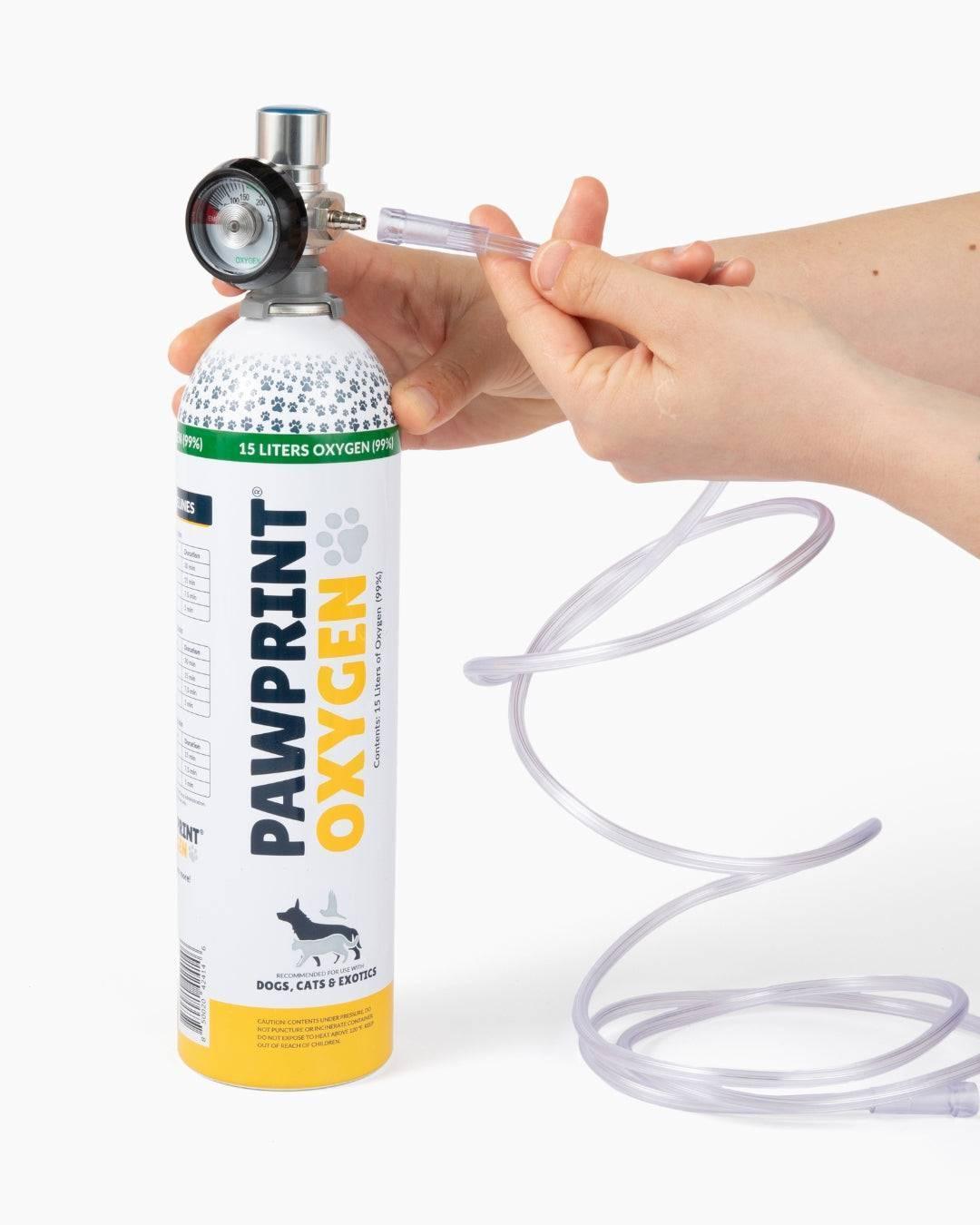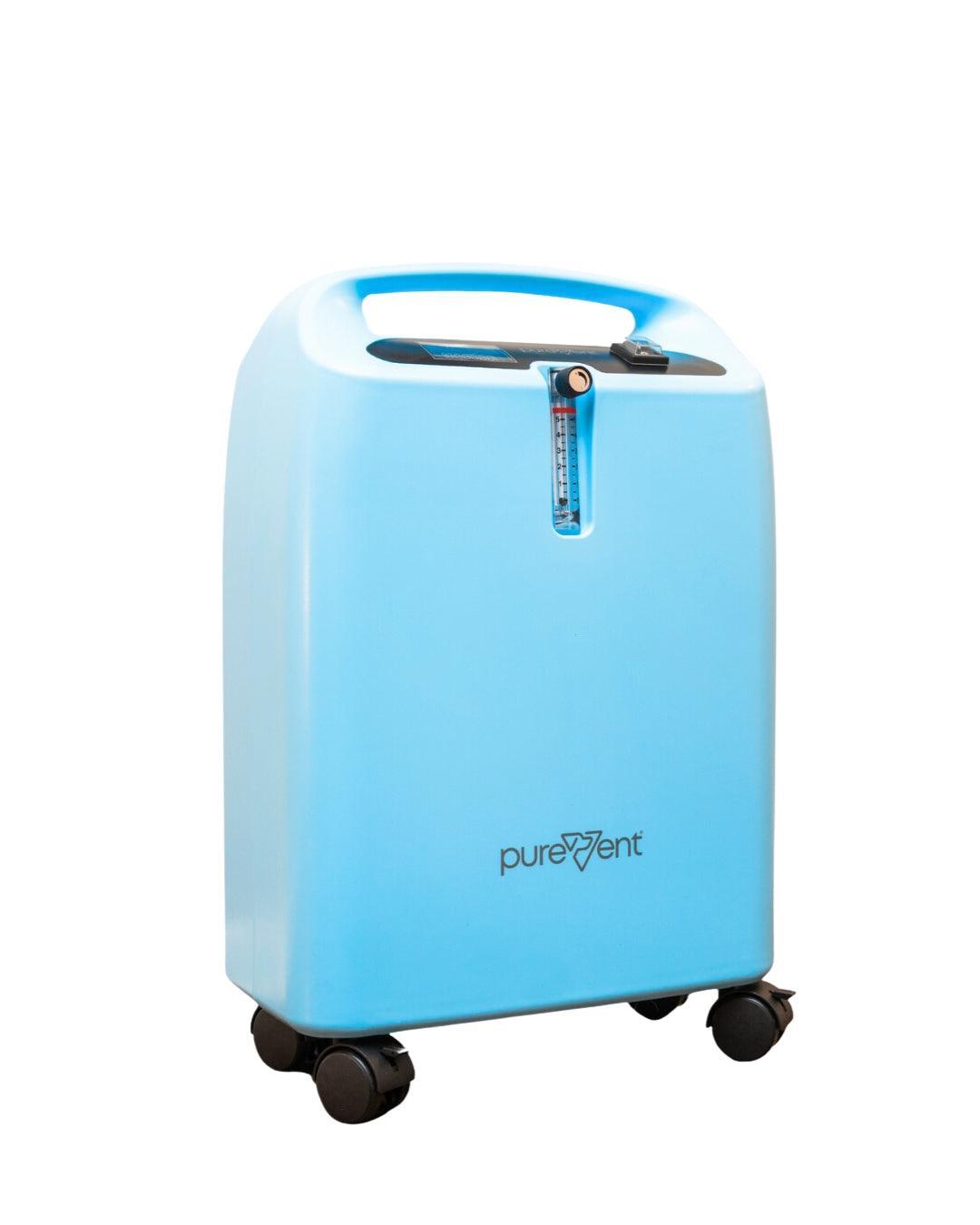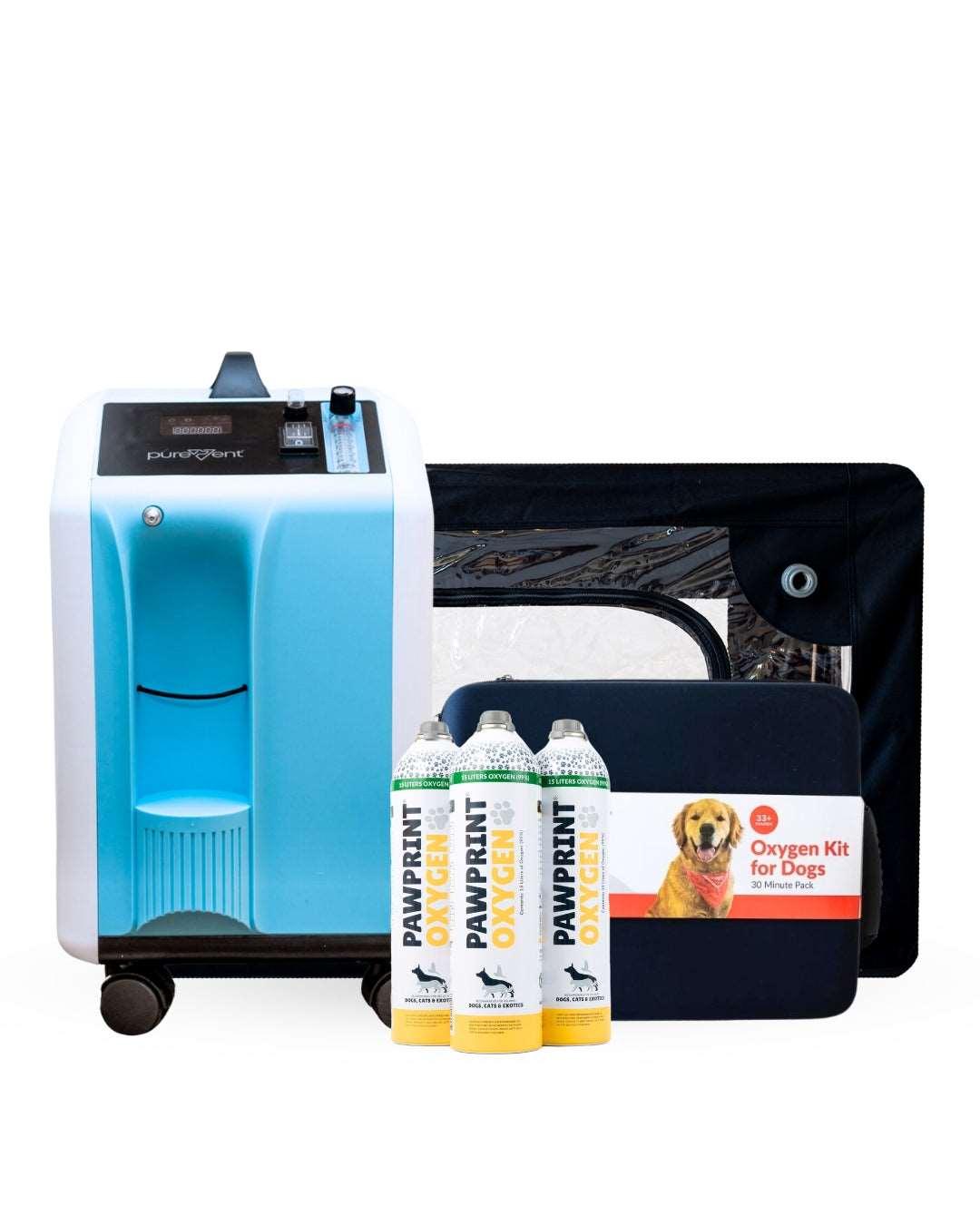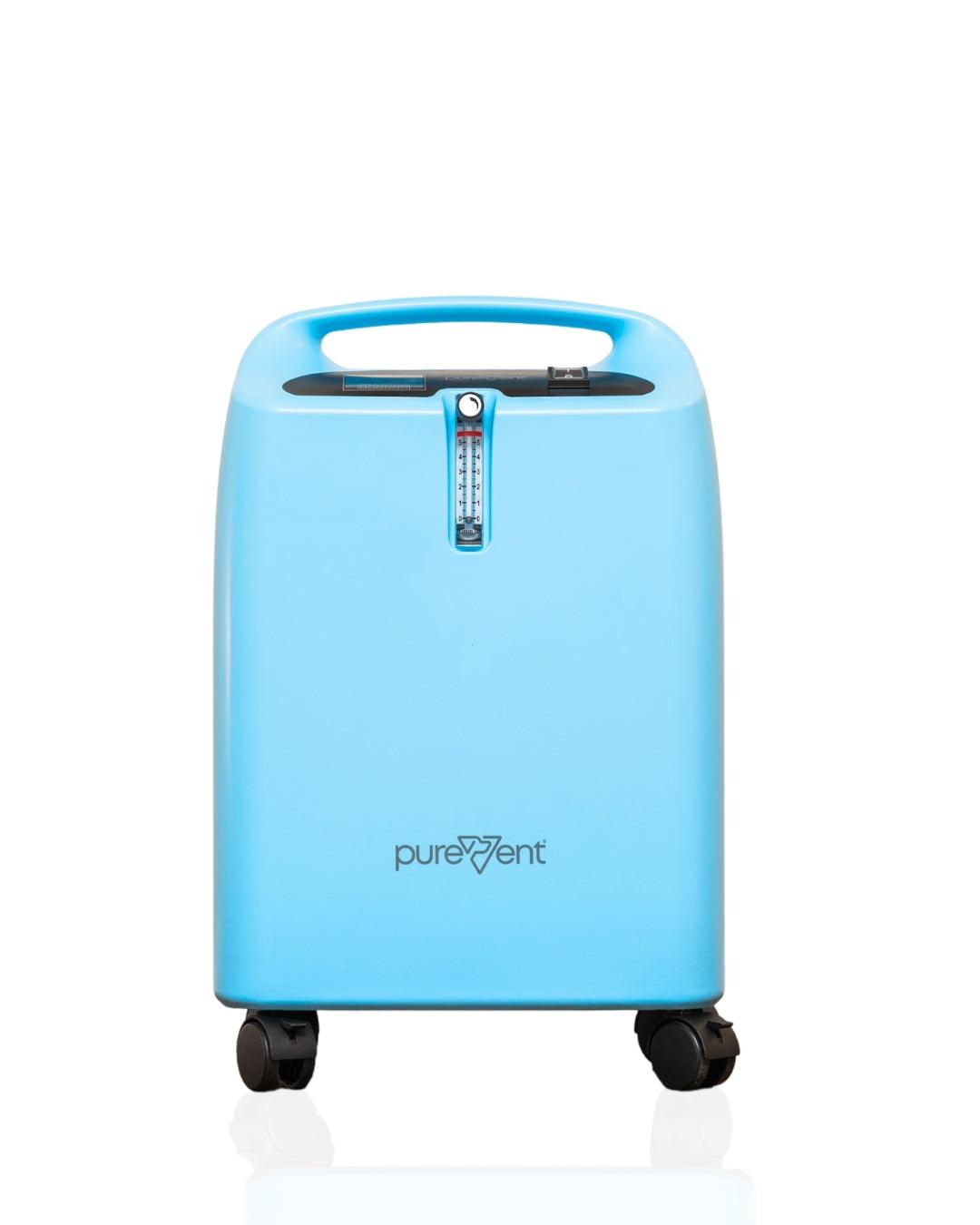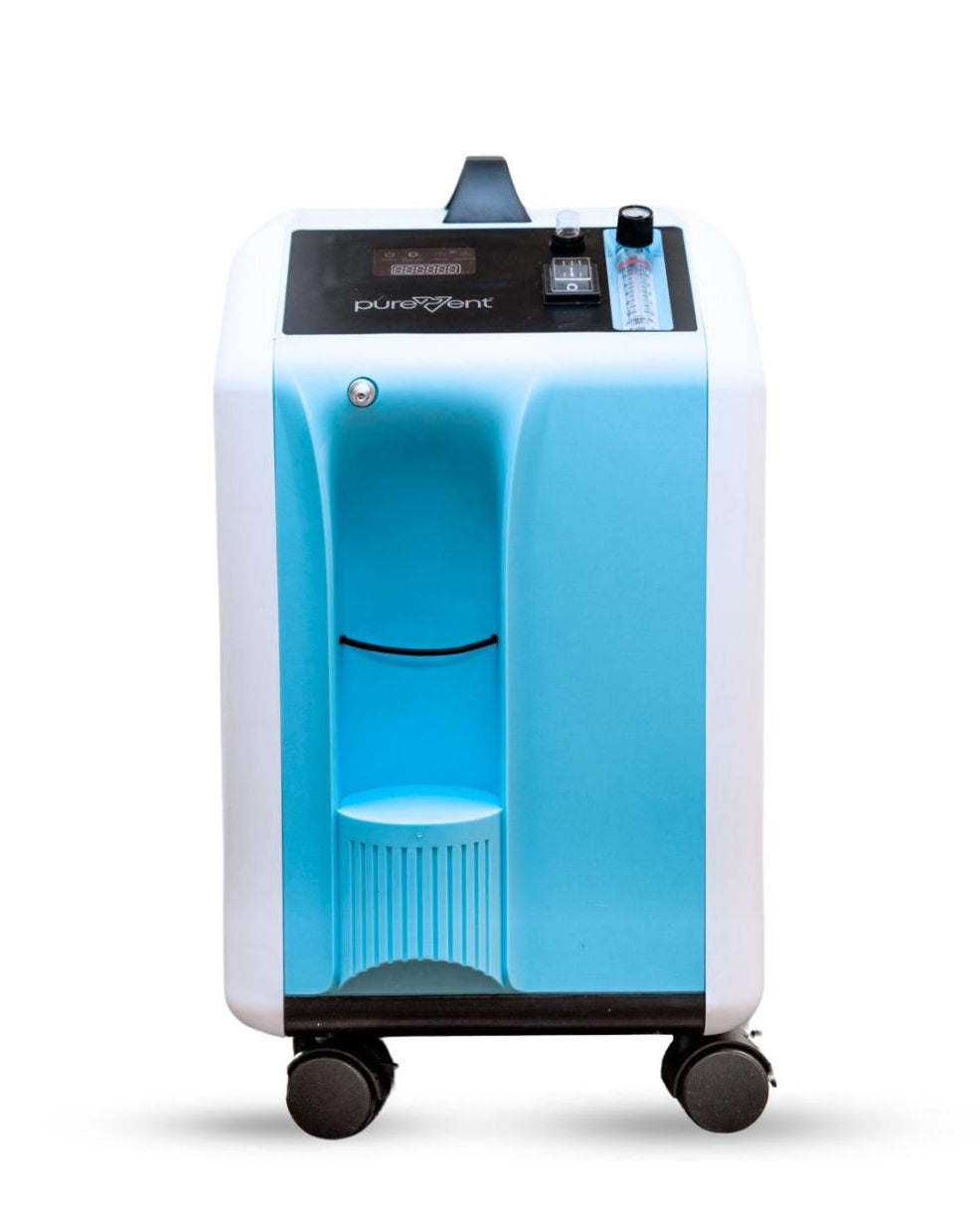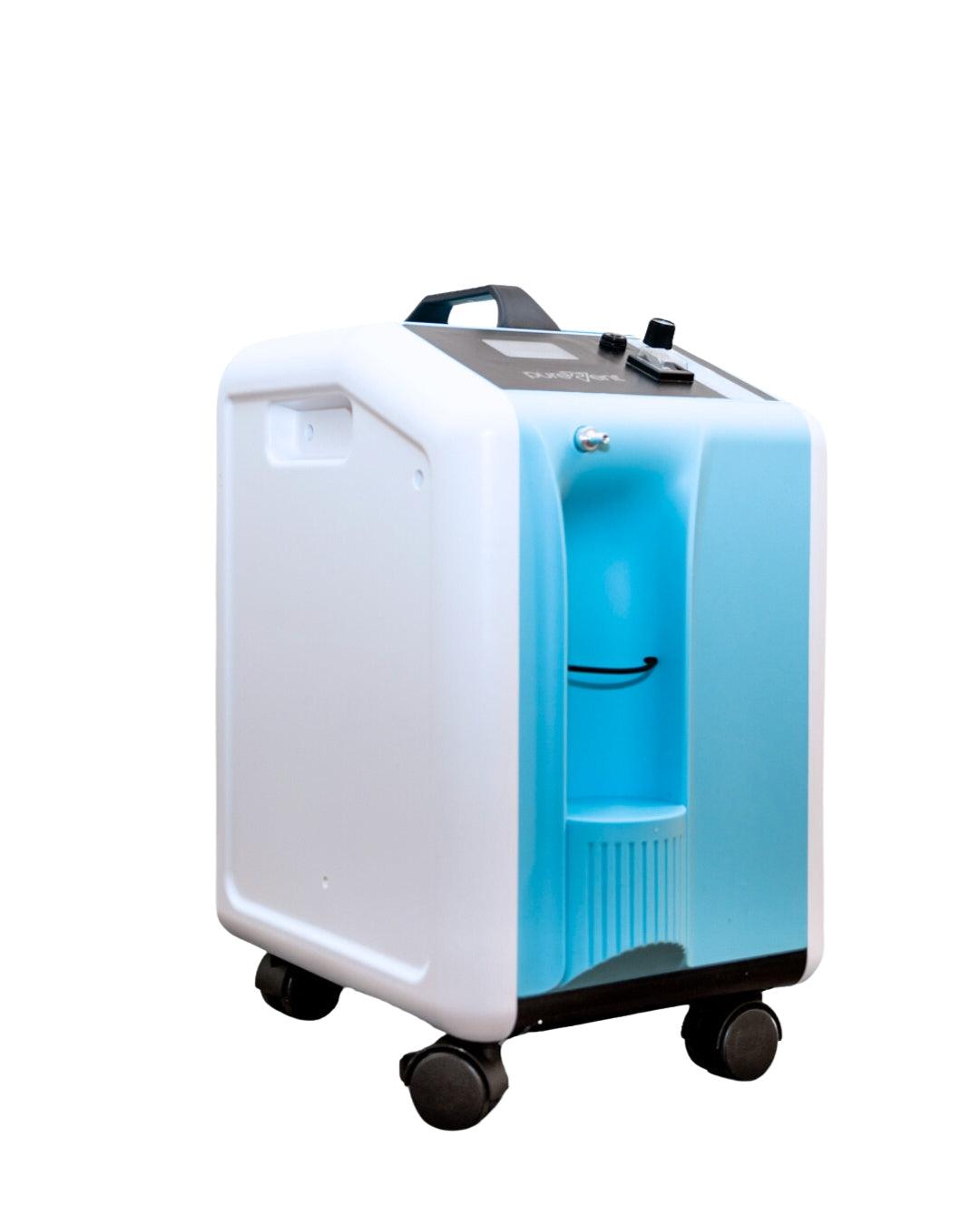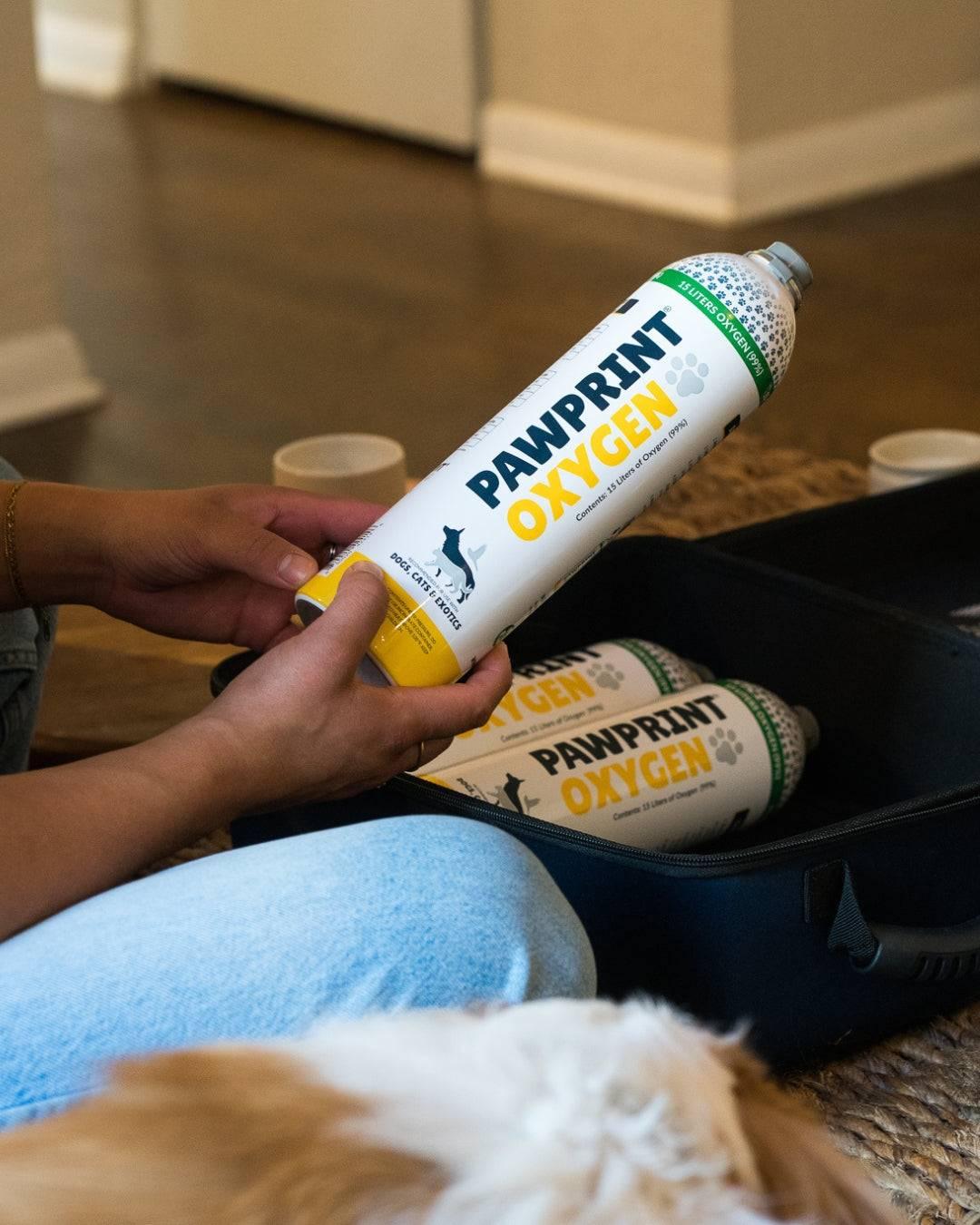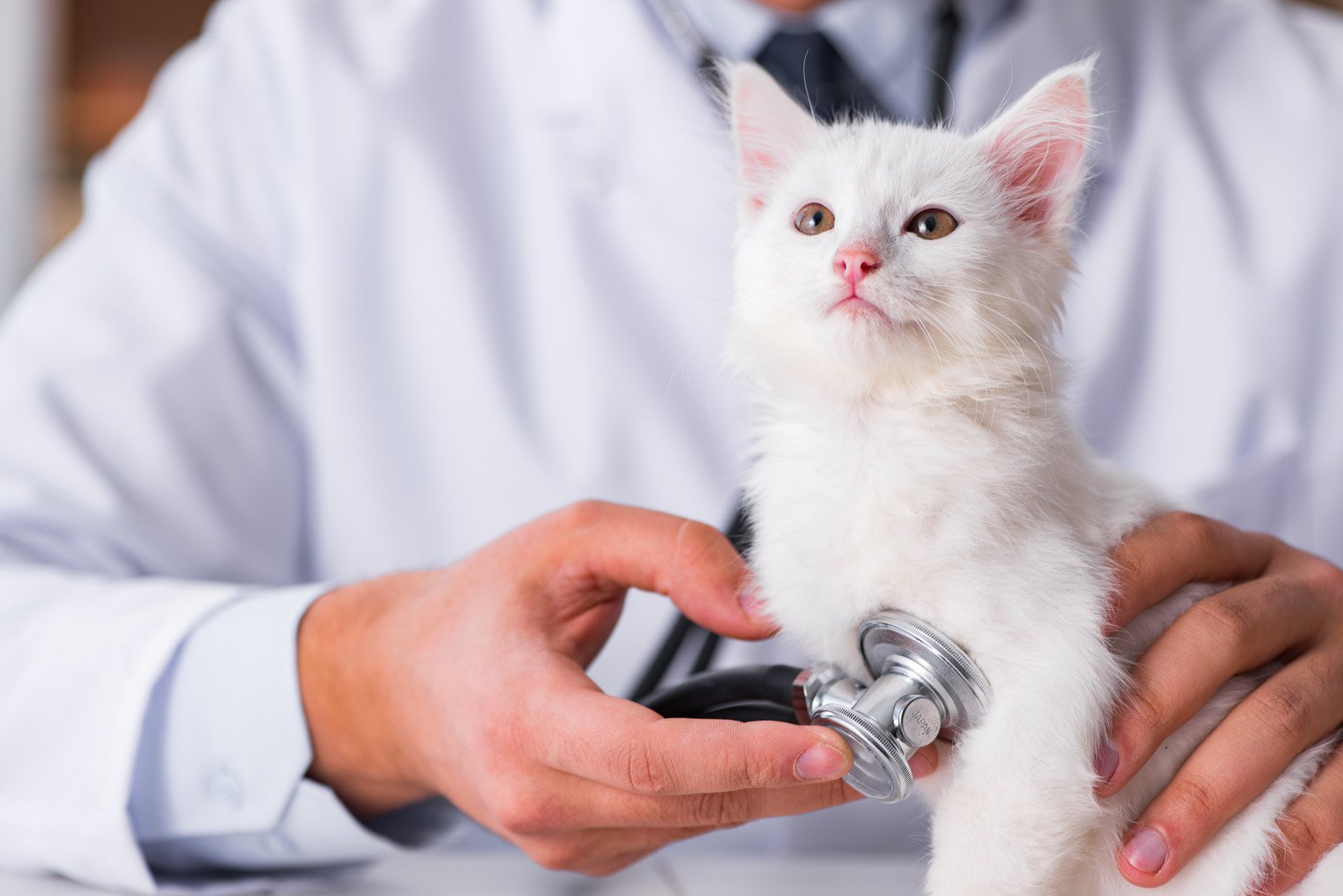Chronic bronchitis is a specific, long-term inflammation of the bronchi, while feline lower airway disease (FLAD) is a broader term that includes bronchitis, asthma, and other airway disorders. Knowing the difference helps ensure cats receive an accurate diagnosis and the most effective treatment for their respiratory health.
Table of Contents

Chronic bronchitis and feline lower airway disease (FLAD) are two respiratory conditions in cats that share many similar symptoms, such as coughing, wheezing, and difficulty breathing. Because of these overlaps, it’s easy for cat owners to confuse the two or assume they are the same condition. In reality, chronic bronchitis is just one type of FLAD, and distinguishing between them is key to ensuring your cat receives the right treatment and long-term care.
Understanding Chronic Bronchitis in Cats
Chronic bronchitis in cats is a long-term condition marked by inflammation of the bronchi that lasts for at least two months. This ongoing irritation can damage the airways over time, leading to persistent discomfort and breathing difficulties.
Common features include:
- Definition: Chronic inflammation of the bronchi lasting at least two months.
- Main symptoms: Persistent cough, wheezing, and reduced tolerance for exercise.
- Possible causes: Exposure to allergens, environmental irritants, or an overactive immune response.
- Difference from other respiratory conditions: Unlike feline asthma, chronic bronchitis does not involve sudden airway constriction but rather constant, irreversible inflammation that must be managed long-term.
Understanding Feline Lower Airway Disease (FLAD)
Feline lower airway disease (FLAD) is an umbrella term for a group of conditions that affect a cat’s lower respiratory tract, most commonly asthma and chronic bronchitis. Because these disorders share many symptoms, they are often mistaken for one another without thorough veterinary evaluation.
Key points include:
- Definition: A broad category of diseases affecting the lower airways, including asthma and bronchitis.
- Scope: Encompasses multiple disorders with overlapping clinical signs.
- Common triggers: Environmental allergens, respiratory infections, and obesity.
- Symptom overlap: Coughing, wheezing, and labored breathing can occur in both FLAD and chronic bronchitis, making diagnosis challenging without diagnostic imaging and testing.
How do cats contract feline lower airway disease?
Cats can develop feline lower airway disease when their lower airways become inflamed due to triggers such as allergens, irritants, respiratory infections, or, in some cases, parasites. Common environmental irritants include dust, smoke, strong fragrances, and certain cleaning products. Inflammation causes the airways to narrow and produce excess mucus, making it harder for the cat to breathe. While the exact cause can vary, many cases are linked to an overactive immune response to inhaled particles.
Is feline lower airway disease curable?
Feline lower airway disease is not considered curable, but it can usually be managed successfully with the right treatment and lifestyle adjustments. Medications such as corticosteroids and bronchodilators help reduce inflammation and open the airways, while minimizing environmental triggers can prevent flare-ups. With consistent care, many cats with feline lower airway disease can live comfortable, active lives.
If my cat gets feline lower airway disease, are they more likely to get chronic bronchitis?
Yes, cats with feline lower airway disease can develop chronic bronchitis, as it is one form of FLAD. Chronic bronchitis occurs when airway inflammation becomes long-term, leading to persistent coughing and mucus production. If your cat’s airway irritation is not well controlled, the condition can progress into chronic bronchitis over time. Early diagnosis and consistent management are key to reducing this risk.
Key Differences Between Chronic Bronchitis and Feline Lower Airway Disease
While chronic bronchitis is a specific condition involving long-term inflammation of the bronchi, feline lower airway disease (FLAD) is a broader category that includes bronchitis, asthma, and other airway disorders. Chronic bronchitis is typically caused by ongoing exposure to irritants or an overactive immune response and is usually irreversible but manageable. In contrast, some feline lower airway disease (FLAD) conditions, like asthma, may improve with treatment and trigger avoidance. Treatment goals also differ slightly—chronic bronchitis focuses on reducing inflammation, while FLAD management often addresses both inflammation and airway constriction.
Diagnosis: How Vets Tell Them Apart
To distinguish chronic bronchitis from other forms of feline lower airway disease, veterinarians begin with a thorough physical exam and a detailed history of symptoms. Diagnostic tools such as X-rays, CT scans, bronchoscopy, and airway lavage with cytology help visualize airway changes and identify inflammation or infection. Vets will also rule out other possible causes of respiratory distress, including heart disease, respiratory infections, and tumors, to ensure an accurate diagnosis and appropriate treatment plan.
Treatment Approaches for Each Condition
While both chronic bronchitis and feline lower airway disease involve reducing airway inflammation, treatment strategies vary based on the condition’s scope and underlying triggers. Chronic bronchitis often focuses on long-term management, while FLAD treatment may also target airway constriction and other contributing factors.
Common approaches include:
-
Chronic Bronchitis:
- Anti-inflammatory medications, such as corticosteroids.
- Ongoing monitoring and regular veterinary check-ups.
- Environmental control, including reducing dust, smoke, and aerosols.
-
FLAD:
- Combination therapy with bronchodilators and corticosteroids.
- Use of inhaled medications or oral treatments, depending on severity.
- Addressing underlying triggers such as allergies or respiratory infections.
The Role of Home Oxygen Therapy
Home oxygen therapy can be a valuable tool for cats with chronic bronchitis or other forms of FLAD, especially during flare-ups or episodes of acute respiratory distress. By providing a steady supply of oxygen, it reduces the effort required to breathe and helps stabilize your cat’s condition until veterinary care is available. Options and benefits include:
Types of equipment:
Benefits:
- Reduces strain on the lungs during breathing difficulties.
- Improves comfort and speeds recovery time.
- Supports both emergency and ongoing symptom management under veterinary guidance.
Always use home oxygen therapy under veterinary supervision to ensure safety and proper dosing.
Living With a Cat With Chronic Respiratory Issues
Caring for a cat with chronic bronchitis or FLAD requires consistent veterinary care, close symptom monitoring, and a home environment that minimizes respiratory irritants. Regular check-ups help track disease progression and adjust treatment as needed, while air purifiers, unscented products, and a clean litter box can improve air quality. Providing emotional support, through gentle handling, a stress-free environment, and patience, benefits both your cat’s well-being and your own peace of mind.

Understanding the Difference Is Key
While chronic bronchitis and feline lower airway disease are closely related, they are not the same, and understanding the difference is key to effective care. A correct diagnosis allows for a treatment plan tailored to your cat’s specific needs, improving both comfort and quality of life. By working closely with your veterinarian, and considering tools like at-home oxygen therapy, you can better manage symptoms and help your cat breathe easier for years to come.

